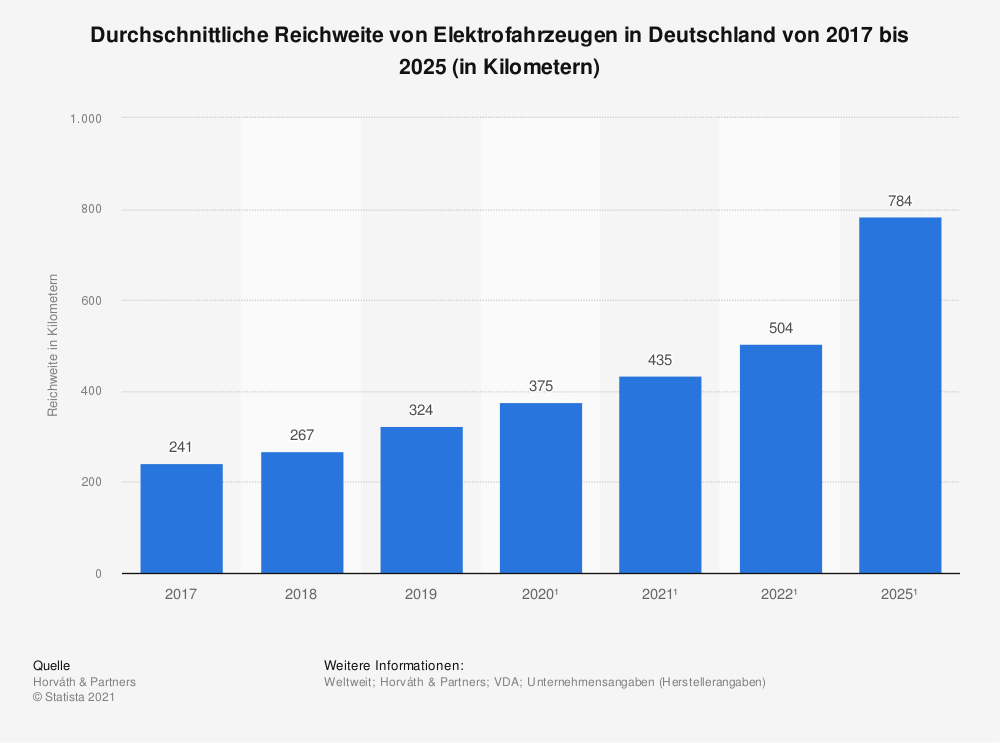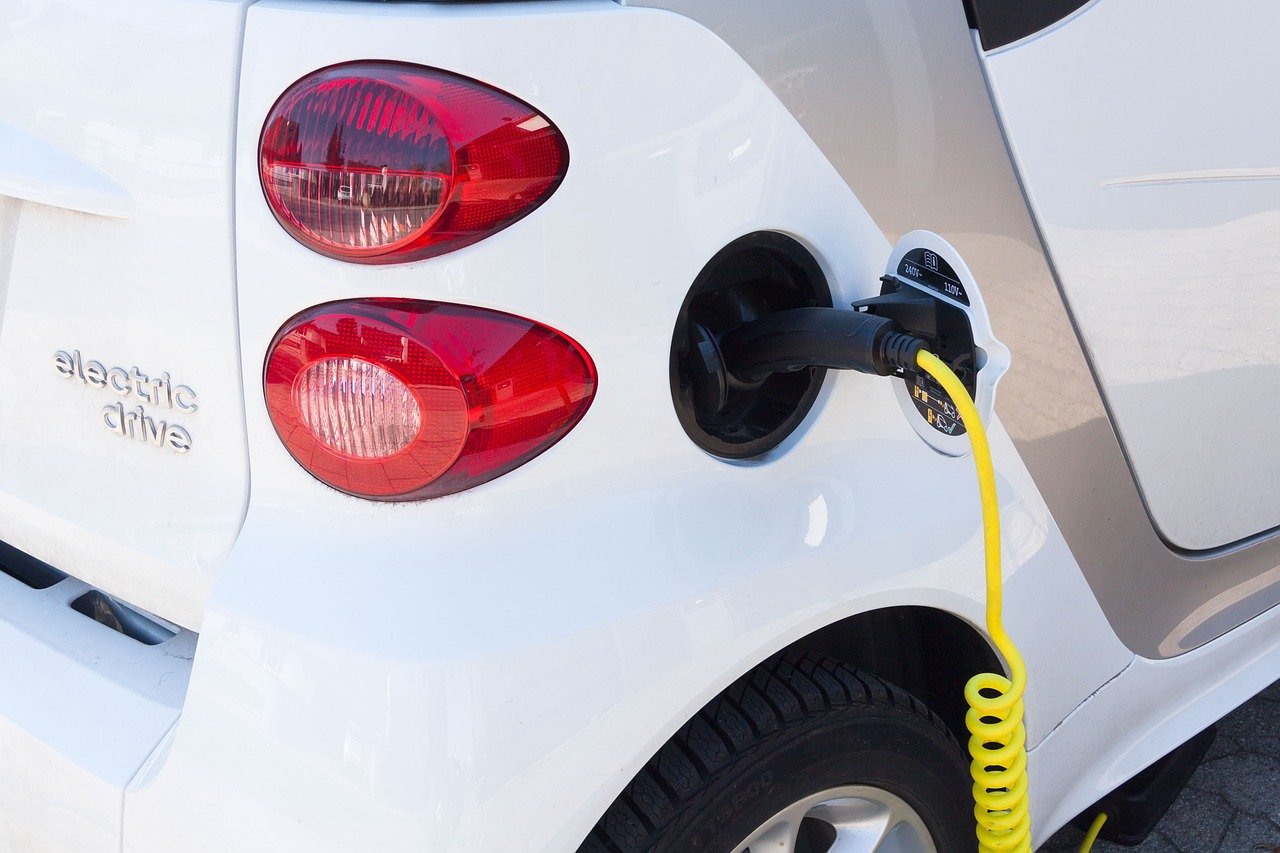Cars fully powered by electric drives are becoming increasingly popular these days, with the number of electric vehicles (EV) on Germany’s roads steadily rising: a record 194,163 EVs were registered in 2020, tripling 2019 registrations, and experts have predicted this trend to continue through 2021. But where will the electricity needed to power them come from? The success of an ever-increasing number of e-cars for protecting the environment effectively depends largely on where these new e-car drivers are getting their electricity from, since EVs run most optimally when topped up with electricity generated from renewable sources. The idea of installing photovoltaic systems on rooftops is growing among German homeowners, which is good news for electric cars because such systems can effectively power a private e-charging station at home – or be retrofitted for this purpose.
Falling EEG levy makes PV systems even more attractive
To help homeowners determine whether a photovoltaic system is worthwhile for them, they can easily find out on websites offering free calculation options. A major role in the profitability of such a system is played by the EEG apportionment remuneration, which has continued to fall in recent years meaning privately operated solar plants are now financially worthwhile, especially when self-generated bio-electricity is used for self-consumption and only a small surplus enters the public grid. This is why more people are considering a private charging station – an “in-house” filling station – for their homes.
Storing electricity throughout the day for the most eco-friendly charging performance
For your private solar system to reach its full potential, as much weather-generated electricity must be gathered and stored as possible, especially during the middle of the day when the sun is at its highest – most of today’s advanced battery storage systems are up to the task. Storing electricity at home for a private PV system means EV owners can easily charge their car in the garage when they’re home, like during the evening or overnight. According to Finanztip, a storage system pays off if generating and storing a kilowatt hour of electricity does not cost more than electricity from the grid. If electricity is produced f.e. at 10 cents per kilowatt hour, storing it may cost between 16 and 22 cents, resulting in total costs of 26 to 32 cents per kilowatt hour, which corresponds to the working price for electricity from the public grid in most areas of Germany. Storage costs of 20 cents per kilowatt hour or less are only achievable if the battery storage including installation costs less than 600 euros (net) per kilowatt hour of storage capacity and the storage can be operated for at least ten years. The NRW consumer center recommends a storage capacity of 1 kWh per 1,000 kilowatts of annual electricity consumption. When choosing a battery storage unit, consumers should pay attention to how flexible its available backup functionalities (in combination with the respective inverter system used) are and which options are available for centrally controlling the various home-connected consumption systems via an external energy management system.

Federal government further extends wallbox grant
For the optimal operation of EVs through a private solar system, it’s best to install an EV charging station wallbox connected to your solar system. This all-important wallbox is your personal energy manager, networking all power sources used in the household such as electric cars and electricity storage units. Today’s solar installations can be easily retrofitted with wallbox technology for optimal charging management, and since 2020, private charging stations have been subsidized by the federal government with a grant of 900 euros, which has been extended again this year.
Does a private PV-powered EV charging station pay off?
Since every EV model is different and PV systems boast different sized batteries, it’s important to figure out which system is best for you. Earlier this year, Berlin-based green-tech start-up Zolar published a study on three e-car models to discover how the size of a photovoltaic system affects how far different EVs can travel on one charge. According to this study, minus the solar power self-consumption for the household, a smaller system with 4.1 kilowatts in peak (kWp) would be enough to drive an E-Golf 34 kilometers, a Tesla Model S 25 kilometers, or a Hyundai Ioniq 40 kilometers per charge. For a larger system with 9.9 kWp, these ranges would increase to 127, 91, and 150 kilometers respectively, and for a system with 20 kWp or more, driving over 200 kilometers would be possible. The driving range is therefore mainly determined by the electric vehicle model’s consumption and different battery sizes. For example, the RESU Prime 10H provides a total energy capacity of 9.8 kWh and the RESU 16H Prime even provides a total energy capacity of 16 kWh.
Using energy autarky in its entirety for personal mobility
Current market conditions are making bioelectricity generated via personal PV systems increasingly attractive from a financial perspective, which means convenient and eco-friendly EV charging at home is becoming more common. The use of self-produced electricity is not just a good financial decision either, because it also gives EV drivers greater independence from publicly available charging infrastructure, which is only just being expanded, while contributing to the aim of achieving environmentally friendly mobility that protects our planet from further harm.
Bild: Mikes-Photography (Pixabay)


